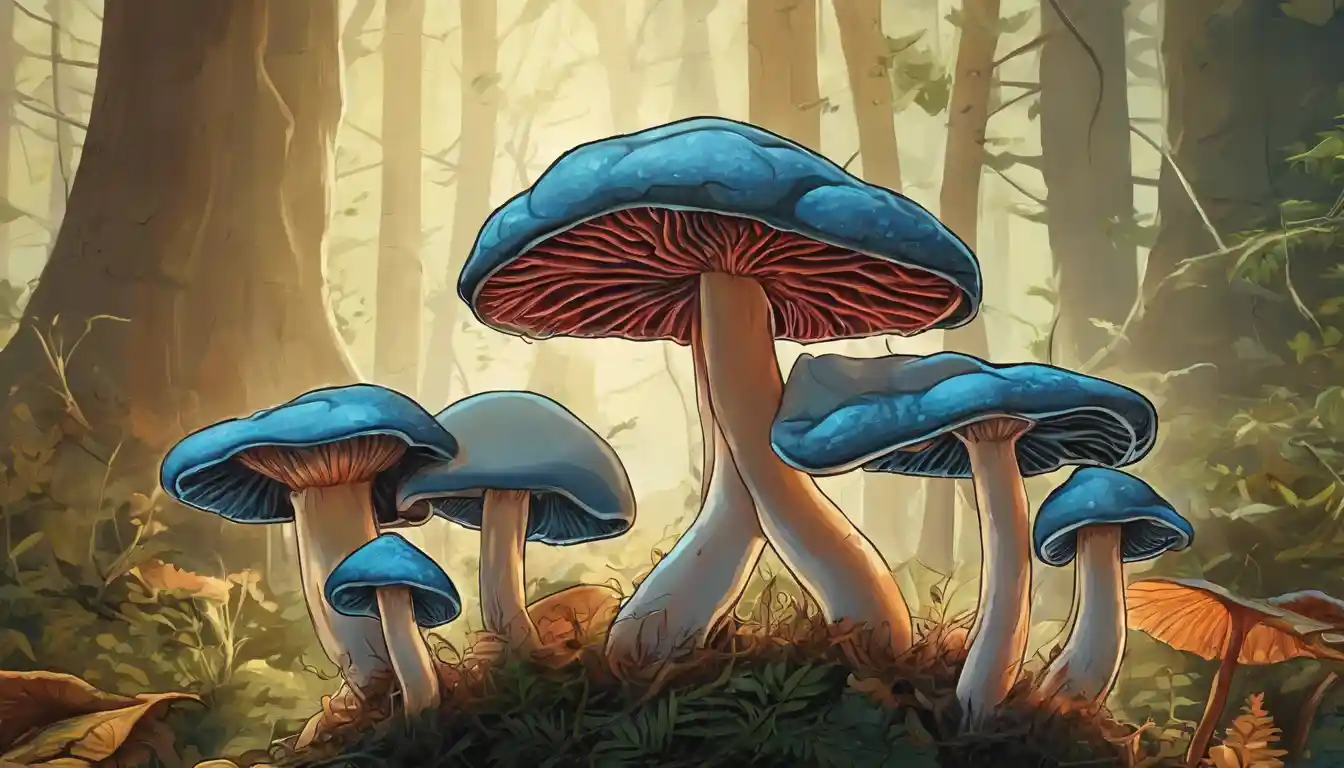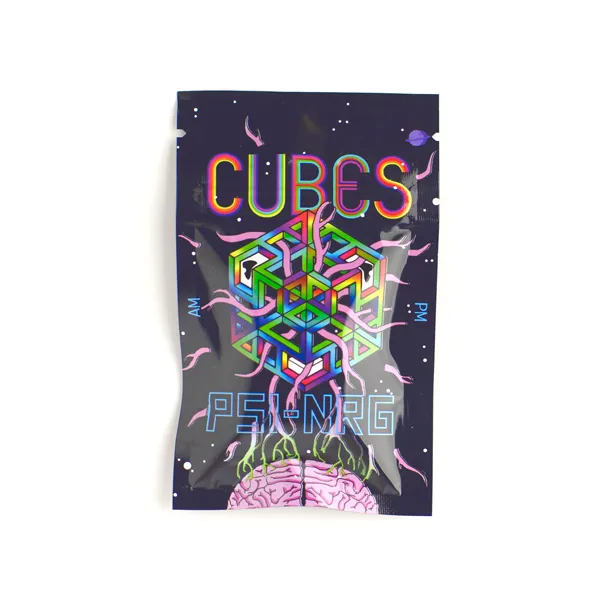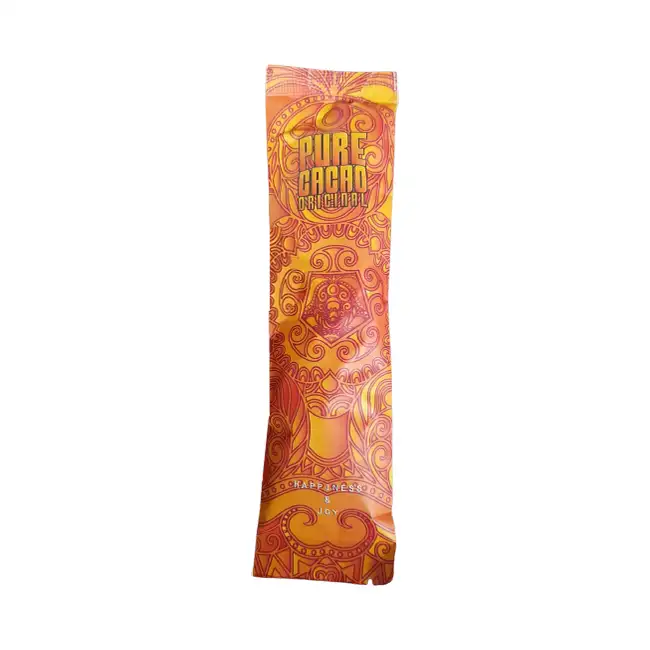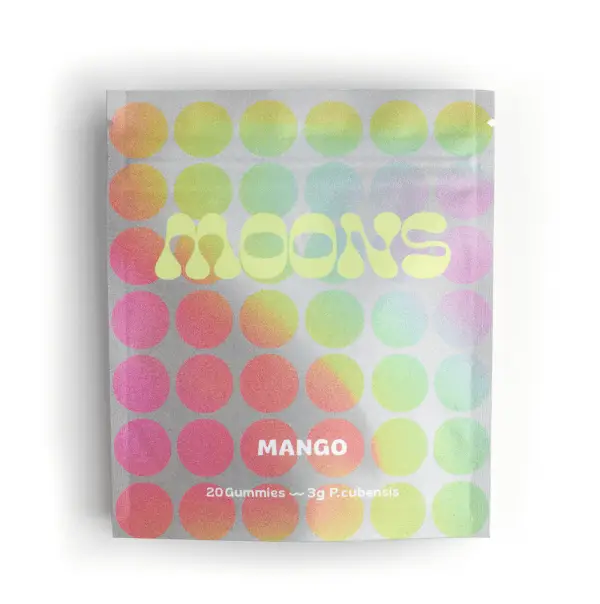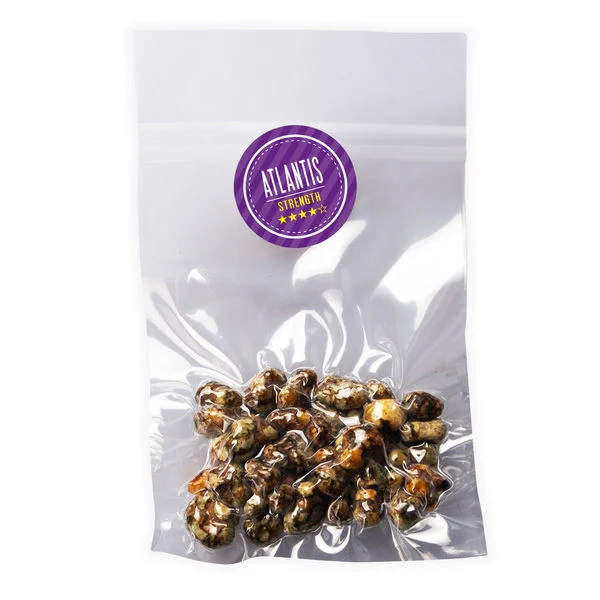In the ever-evolving landscape of natural psychedelics, psilocybin mushrooms have emerged as a focal point of fascination and study. Offering a range of experiences that vary widely among different types of psilocybin mushrooms, these fungi have captured the imagination of many seeking spiritual, therapeutic, or recreational enlightenment. The significance of psilocybin mushrooms extends beyond their psychoactive properties, touching on broader discussions about consciousness, mental health, and societal attitudes toward psychedelics. As these discussions become more mainstream, understanding the complexities of psilocybin mushrooms—from psilocybin mushrooms identification to the strongest psilocybin mushrooms strains—becomes essential for informed dialogue.
This article aims to provide a comprehensive guide to psilocybin mushrooms, covering everything from psilocybin mushrooms types and their historical and cultural significance to the health benefits and risks associated with their use. Additionally, it will explore the legality and regulation landscape of psilocybin magic mushrooms across different regions, offering insights into how to safely use psilocybin mushrooms. Whether you’re curious about psilocybin mushrooms experiences or seeking information on the various psilocybin mushrooms strains, this guide intends to equip you with the knowledge needed to navigate the complex and intriguing world of these natural psychotropic entities.
What Are Psilocybin Mushrooms?
Psilocybin Mushrooms Identification, Definition and Characteristics
Psilocybin mushrooms, often referred to as “magic mushrooms,” encompass several species of hallucinogenic fungi, primarily found within the Psilocybe genus, such as Psilocybe mexicana and P. cubensis [5][8]. These mushrooms are notable for containing psychoactive compounds, mainly psilocybin and psilocin, which upon ingestion, convert to psilocin in the body, inducing psychoactive effects [4][5]. Psilocybin mushrooms are generally characterized by their gilled structures and dark spores, which can often make them appear similar to certain poisonous mushrooms, posing risks of accidental poisoning [5][6]. The physical appearance of these mushrooms can vary, but they often resemble typical mushrooms and can also be found in dried forms encapsulated or as a white crystalline powder [4].
Different Types of Psilocybin Mushrooms
Globally, there are more than 100 species of psilocybin mushrooms, with a significant number being part of the Psilocybe genus [5][8]. Other genera that include psilocybin-producing species are Panaeolus, Inocybe, and Gymnopilus, among others [5][7]. These mushrooms are predominantly found in humid, subtropical, and tropical forests but are present on every continent except Antarctica [5][6][8].
Notably, Psilocybe cubensis is prevalent in tropical areas, while Psilocybe semilanceata is widely distributed in temperate regions [6]. Each species varies in appearance and potency, with some common types including the golden tops, blue meanies, and liberty caps in regions like Australia [4]. Psilocybin mushrooms identification often relies on specific morphological characteristics such as the color and shape of the cap, gill structure, and spore color, which can range from dark purple-brown to black [7].
Historical and Cultural Significance
Traditional Uses in Indigenous Cultures
Psilocybin mushrooms have been integral to religious ceremonies among indigenous societies in South and Central America for centuries. These classic psychedelic compounds, including psilocybin, have deep historical roots, with their use documented in various indigenous rituals aimed at spiritual and medicinal outcomes [66][67][68][69][70][71]. The earliest known written records, such as the Florentine Codex, compiled between 1529 and 1579, provide detailed ethnographical research on the use of these mushrooms, particularly among the Aztecs in Mexico [10][15][63][65].
In the 20th century, ethnographic interest in the indigenous uses of psilocybin mushrooms in Mexico resurfaced. Notably, in 1936, Robert J. Weitlaner, an Austrian-American ethnologist, documented the use of these mushrooms in divinatory rituals during his research in the Mazatec town of Huautla de Jiménez in Oaxaca. This period marked a significant resurgence in the academic exploration of these ancient practices [10].
Modern-Day Usage and Trends
The cultural and spiritual significance of psilocybin mushrooms continued into the modern era, particularly highlighted during the 1960s and 1970s with the rise of the hippie counterculture in the United States. This era saw a peak in recreational use of psychedelics, leading to stringent regulations like the Controlled Substances Act of 1970, which classified psilocybin as a Schedule 1 drug [13]. Despite these restrictions, recent decades have witnessed a “second psychedelic renaissance,” where renewed interest in the therapeutic potentials of psilocybin has led to a resurgence in research and a reevaluation of its legal status in several U.S. states [14].
This modern resurgence is not only fueled by scientific research into the psychiatric applications of psilocybin but also by a growing acknowledgment of the traditional knowledge held by indigenous cultures, particularly the Mazatec people of Mexico. Their profound understanding and ceremonial use of psilocybin mushrooms have significantly influenced contemporary approaches to psilocybin therapy, despite the historical betrayals and commercial exploitation they have faced [12].
The ongoing research and legislative changes reflect a complex interplay between historical uses and modern applications, highlighting a growing recognition of both the cultural significance and therapeutic potential of psilocybin mushrooms. This evolving landscape continues to shape the societal attitudes towards these natural psychotropic entities, bridging ancient wisdom with modern science [14].
Health Benefits and Risks
Potential Therapeutic Uses
Psilocybin mushrooms have shown promising results in various therapeutic settings. Clinical studies indicate that psilocybin can effectively treat conditions such as cluster headaches, often referred to as “suicide” headaches, due to their intensity [6][47]. It also shows potential in managing intractable phantom-limb pain (PLP) and chronic pain [48][51]. The analgesic effects of psilocybin are thought to occur through interactions with nociceptive and antinociceptive pathways, and in some instances, psilocybin has been found to be as effective, if not more, than traditional opioid analgesics [48][50].
Research has also highlighted the benefits of psilocybin in treating a variety of mental health issues. Studies have shown significant reductions in symptoms of depression and anxiety, particularly in individuals with life-threatening cancer diagnoses, offering a new perspective on end-of-life care [16][19][20][21]. Additionally, psilocybin-assisted therapy has been beneficial in treating addiction, including alcohol and tobacco dependence, showcasing its potential to address notoriously difficult-to-treat conditions [16][23].
The anti-inflammatory and antioxidant properties of certain psilocybin-containing mushrooms, like Psilocybe natalensis, further support the broad therapeutic potential of psilocybin. These properties have been observed to inhibit harmful biochemical processes such as nitric oxide production and cytokine release, which are involved in inflammation [49].
Psychological and Physical Risks
Despite its therapeutic potential, psilocybin use is not without risks. The primary concern with psilocybin is its psychological impact, particularly the potential for inducing acute psychotomimetic effects, which can lead to psychological distress or even psychosis in rare cases [23][69]. The intensity of a psychedelic experience can also be influenced by pharmacodynamic interactions with other medications, such as antidepressants, which might alter the effects of psilocybin [23][63][64][65][66][67].
Physical risks associated with psilocybin include transient increases in heart rate and blood pressure, which pose risks particularly in individuals with pre-existing cardiovascular conditions [23][62]. Additionally, the interaction of psilocybin with serotonergic medications can lead to serotonin syndrome, a potentially fatal condition characterized by excessive serotonin activity in the nervous system [23][68][69].
The use of psilocybin can also lead to distressing hallucinations, anxiety, and panic, especially if taken in an unsupportive or stressful environment. This underscores the importance of controlled, supervised use, particularly in therapeutic settings to minimize risks and enhance safety [19].
In conclusion, while psilocybin mushrooms offer significant therapeutic potential, they must be used with caution due to the associated psychological and physical risks. Ongoing research and clinical trials continue to explore and refine the use of psilocybin in medical and psychological treatment paradigms, aiming to maximize benefits while minimizing risks [23].
Legality and Regulation
Legal Status in Different Countries
Psilocybin remains illegal and strictly controlled at the national level in most countries, presenting significant barriers to research and use. Despite these challenges, there is a growing international effort to reclassify psilocybin to lower these barriers globally [28].
In the United States, several cities have initiated measures to decriminalize magic mushrooms, which means that while not legal, prosecution for possession or use is not prioritized [28]. For example, Denver has passed measures to prevent the use of city funds for prosecuting related offenses, with similar actions taken in Oakland, Santa Cruz, and Ann Arbor [28].
In contrast, countries like Jamaica have never made magic mushrooms illegal, although the psilocybin molecule often is, leading to a limited amount of research but a thriving psychedelic retreat industry [28]. The Netherlands presents a unique case where magic mushrooms are banned, but psilocybin-containing truffles are not, due to a legal loophole [28].
Canada offers a more structured approach, classifying magic mushrooms as Schedule III, which allows for lower penalties and certain research and trials exceptions through organizations like TheraPsil, which facilitates end-of-life psilocybin therapy [28]. Similarly, Portugal’s broad decriminalization of drugs includes psilocybin, providing a more lenient environment for its use [28].
Ongoing Research and Future Implications
The resurgence of interest in the therapeutic potentials of psilocybin has led to increased research activities. In the United States, despite local decriminalization efforts, researchers must still navigate the stringent federal Schedule I regulations [28]. The International Therapeutic Psilocybin Rescheduling Initiative is working towards getting the World Health Organization to review evidence that could lead to reclassifying psilocybin, which would significantly impact research and therapeutic use globally [28].
In the UK, the Misuse of Drugs Regulations 2001 categorizes drugs into schedules that dictate their legal handling, with psilocybin listed in Schedule 1, indicating high control due to perceived little therapeutic value. This classification has been a topic of debate, with ongoing discussions about its potential therapeutic benefits, prompting calls for rescheduling to facilitate research and development of new treatments [30]. The Advisory Council on the Misuse of Drugs has been commissioned to examine ways to reduce regulatory burdens on Schedule 1 drugs, including psilocybin, which could lead to more accessible research opportunities [30].
The classification of psilocybin under various national and international laws continues to evolve as new research emerges demonstrating its potential therapeutic benefits. This ongoing evolution suggests a future where psilocybin may be more widely accepted and utilized within legal and medical frameworks, reflecting a significant shift in societal and medical perspectives on psychedelic substances [31].
How to Safely Use Psilocybin Mushrooms
Dosage Recommendations
When considering the use of psilocybin mushrooms, it is crucial to understand the appropriate dosages that align with desired effects. Dosages can vary significantly depending on the type and potency of the mushroom. For instance, a low dose, often around 1 gram of dried mushrooms, is perceived to produce mild effects, enhancing senses without causing major psychedelic experiences [36]. This dosage might include feelings of euphoria and heightened sensory perception.
Moving to a medium dose, approximately 1.75 grams of dried mushrooms is commonly used. This amount is likely to induce more pronounced psychedelic effects such as visual distortions and deeper introspection [36]. For those seeking intense, profound psychedelic experiences, a high dose, which involves consuming around 3.5 grams of dried mushrooms, might be appropriate. This level of dosage is expected to lead to significant alterations in perception, profound introspection, and in some cases, a loss of connection with reality [36].
An ultra-high dose, such as 5 grams of dried mushrooms, is often reserved for experienced users seeking very deep, often transformative psychedelic experiences. This amount is likely to be overwhelming and can lead to intense visual and auditory hallucinations [36].
It is always recommended to start with lower dosages and gradually increase based on individual tolerance levels, ensuring safety and comfort throughout the experience. The mantra “start low, go slow” should be followed, especially for those new to psilocybin mushrooms [36].
Setting and Preparation Tips
The environment in which one chooses to consume psilocybin mushrooms can significantly impact the experience. Ensuring a safe, comfortable, and controlled setting is paramount. It is beneficial to be in a calm and familiar environment, potentially with the presence of a sober, trusted individual who can provide support if needed [37].
Preparation should also include mental readiness. It is advised not to consume psilocybin mushrooms when feeling stressed, anxious, or in a negative mood as these emotions can intensify and lead to an unpleasant experience [37]. Understanding the effects that might occur and mentally preparing for them can help in managing any unexpected sensations or emotions during the experience.
Additionally, it is crucial to verify the type of mushrooms being used. Consuming psilocybin mushrooms that are correctly identified and free from contaminants can prevent adverse health effects. Avoid mixing psilocybin with other substances, especially alcohol and other drugs, to minimize risks [37].
In terms of physical preparation, it is advised to consume mushrooms on a relatively empty stomach to facilitate the onset of effects and reduce nausea, which is a common side effect [37]. Staying hydrated throughout the experience can also aid in comfort and safety.
Overall, careful consideration of dosage, setting, and mental and physical preparation can help ensure a safe and beneficial experience with psilocybin mushrooms [37].
Conclusion
Throughout this exploration of psilocybin mushrooms, we’ve unraveled the intricate tapestry that comprises their history, cultural significance, potential health benefits, and the complex landscape of legality and safety considerations. From their ancient roots in indigenous rituals to their promising uses in modern therapeutic settings, it’s clear that psilocybin mushrooms hold a unique place at the intersection of natural psychedelia and medical science. The evidence presented underscores both the profound transformative potential these substances offer for mental health treatment and the cautious approach required due to their potent psychoactive properties.
As we stand on the brink of a new era in psychedelic research and therapy, the path forward entails a balanced embrace of scientific rigor and open-mindedness toward traditional knowledge. It beckons for continued research, enlightened legislation, and informed public discourse to harness the benefits of psilocybin mushrooms responsibly. The journey of understanding and integration is complex, guided by the dual lights of caution and curiosity, as humanity seeks to unlock further mysteries of the mind and consciousness with these ancient, yet ever-relevant, natural compounds.
References
[1] – https://www.ncbi.nlm.nih.gov/pmc/articles/PMC8156539/
[2] – https://nida.nih.gov/research-topics/psilocybin-magic-mushrooms
[3] – https://www.sciencedirect.com/topics/neuroscience/psilocybin
[4] – https://adf.org.au/drug-facts/psilocybin/
[5] – https://www.britannica.com/science/psilocybin-mushroom
[6] – https://en.wikipedia.org/wiki/Psilocybin_mushroom
[7] – https://www.frontiersin.org/articles/10.3389/ffgc.2022.813998
[8] – https://www.britannica.com/science/psilocybin-mushroom
[9] – https://en.wikipedia.org/wiki/List_of_psilocybin_mushroom_species
[10] – https://akjournals.com/view/journals/2054/8/1/article-p3.xml
[11] – https://www.oregon.gov/oha/PH/PREVENTIONWELLNESS/Documents/ELSI%20Report%20Draft-%20Historical%20and%20Indigenous%20Use.pdf
[12] – https://www.sapiens.org/culture/medicinal-psychedelics-indigenous/
[13] – https://www.ncbi.nlm.nih.gov/pmc/articles/PMC8156539/
[14] – https://akjournals.com/view/journals/2054/5/1/article-p17.xml
[15] – https://thehill.com/policy/healthcare/4054255-magic-mushroom-use-by-young-adults-has-nearly-doubled-in-three-years/
[16] – https://www.ncbi.nlm.nih.gov/pmc/articles/PMC8901083/
[17] – https://www.hopkinsmedicine.org/psychiatry/research/psychedelics-research
[18] – https://www.ncbi.nlm.nih.gov/pmc/articles/PMC6007659/
[19] – https://www.medicalnewstoday.com/articles/308850
[20] – https://www.ncbi.nlm.nih.gov/pmc/articles/PMC7034876/
[21] – https://www.webmd.com/vitamins/ai/ingredientmono-1654/psilocybin
[22] – https://www.ncbi.nlm.nih.gov/pmc/articles/PMC8156539/
[23] – https://www.ncbi.nlm.nih.gov/pmc/articles/PMC9751063/
[24] – https://adf.org.au/insights/magic-mushrooms-medicine/
[25] – https://en.wikipedia.org/wiki/Legal_status_of_psilocybin_mushrooms
[26] – https://www.bbc.com/future/article/20240320-legal-status-of-psychedelics-around-the-world
[27] – https://www.canada.ca/en/health-canada/services/substance-use/controlled-illegal-drugs/magic-mushrooms.html
[28] – https://www.scientificamerican.com/article/restrictions-on-psilocybin-magic-mushrooms-are-easing-as-research-ramps-up/
[29] – https://www.ncbi.nlm.nih.gov/pmc/articles/PMC8901083/
[30] – https://commonslibrary.parliament.uk/research-briefings/cdp-2023-0108/
[31] – https://www.ncbi.nlm.nih.gov/pmc/articles/PMC7153026/
[32] – https://www.ncbi.nlm.nih.gov/pmc/articles/PMC8901083/
[33] – https://pubs.acs.org/doi/10.1021/acsmedchemlett.0c00048
[34] – https://www.ncbi.nlm.nih.gov/pmc/articles/PMC8056712/
[35] – https://www.ncbi.nlm.nih.gov/pmc/articles/PMC9751063/
[36] – https://www.leafly.com/learn/psychedelics/how-to-dose-mushrooms
[37] – https://www.healthline.com/health/drugs/what-are-shrooms
[38] – https://www.talktofrank.com/drug/magic-mushrooms
[39] – https://nida.nih.gov/research-topics/psilocybin-magic-mushrooms
[40] – https://www.medicalnewstoday.com/articles/308850
[41] – https://www.webmd.com/vitamins/ai/ingredientmono-1654/psilocybin
[42] – https://www.healthline.com/health/drugs/what-are-shrooms
You Might Also Like These:
